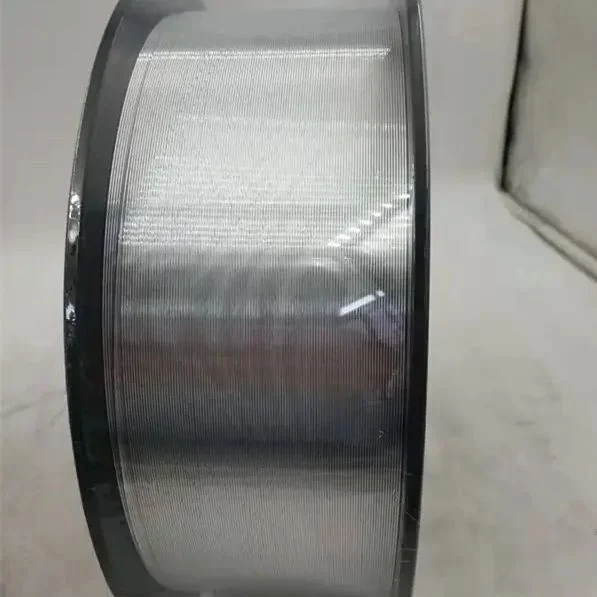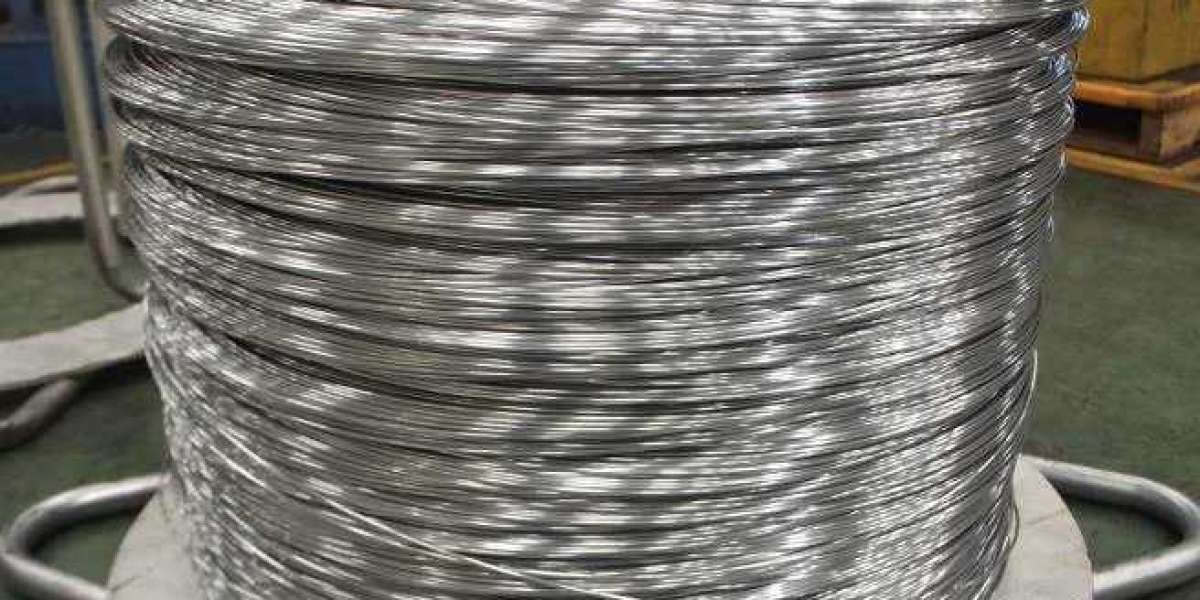High-purity aluminum wire is a critical component in many industries, including aerospace, electronics, and telecommunications. It is used in applications where high conductivity and corrosion resistance are essential. The manufacturing process of high-purity aluminum wire is complex and requires careful attention to detail to ensure that the final product meets the required specifications.
The first step in the manufacturing process of high-purity aluminum wire is the selection of the raw materials. The purity of the aluminum used in the process is critical, and it must be at least 99.99% pure. Any impurities in the aluminum can affect the conductivity and corrosion resistance of the final product. The raw aluminum is typically sourced from primary aluminum producers who specialize in producing high-purity aluminum.
Once the raw aluminum has been selected, it is melted down in a furnace. The furnace used in the process is typically a resistance furnace, which uses an electric current to heat the aluminum to its melting point. The temperature of the furnace is carefully controlled to ensure that the aluminum is melted evenly and that there are no hot spots or cold spots in the molten metal.
After the aluminum has been melted, it is poured into a mold to form a billet. The billet is a cylindrical shape and is typically around 6 inches in diameter and 24 inches long. The billet is then cooled slowly to room temperature to ensure that it solidifies evenly and that there are no internal stresses in the metal.
Once the billet has cooled, it is ready to be processed into wire. The first step in this process is to reduce the diameter of the billet. This is done using a process called extrusion. The billet is placed in an extrusion press, which applies pressure to the metal, forcing it through a die. The die is a specially shaped opening that determines the shape and size of the wire. As the metal is forced through the die, it is reduced in diameter and elongated into a long, thin wire.

After the wire has been extruded, it is typically annealed to improve its properties. Annealing is a process that involves heating the wire to a specific temperature and then cooling it slowly. This process helps to remove any internal stresses in the metal and improve its ductility and conductivity.
Once the wire has been annealed, it is ready to be drawn down to its final size. Drawing is a process that involves pulling the wire through a series of dies, each one smaller than the last. As the wire is pulled through the dies, it is reduced in diameter and elongated. This process is repeated until the wire reaches its final size.
Throughout the manufacturing process, the wire is carefully monitored to ensure that it meets the required specifications. This includes measuring the diameter of the wire, checking its conductivity, and testing its corrosion resistance. Any wire that does not meet the required specifications is rejected and recycled back into the process.
In conclusion, the manufacturing process of high-purity aluminum wire is complex and requires careful attention to detail to ensure that the final product meets the required specifications. The process involves selecting high-purity raw materials, melting the aluminum, extruding it into a billet, annealing it, and drawing it down to its final size. Throughout the process, the wire is carefully monitored to ensure that it meets the required specifications. High-purity aluminum wire is a critical component in many industries, and its manufacturing process is essential to ensuring that it performs as expected in these applications.
https://www.xinchengvacuum.com/Manufacturing-process-of-high-purity-aluminum-wire.html








